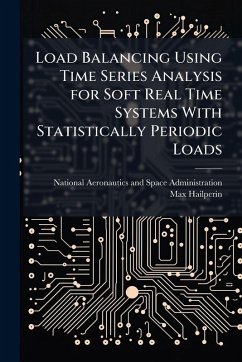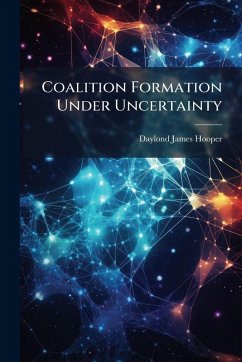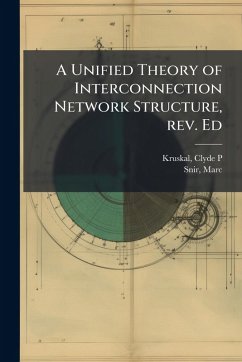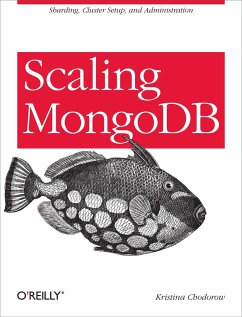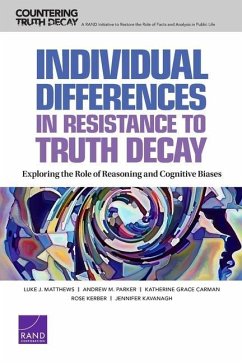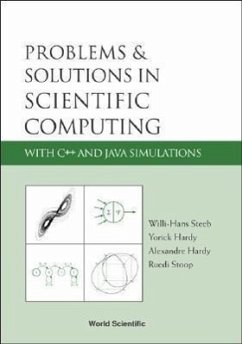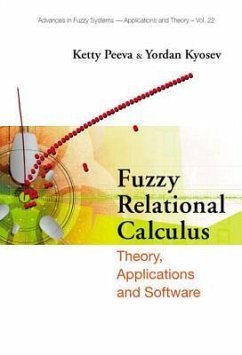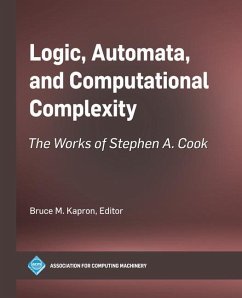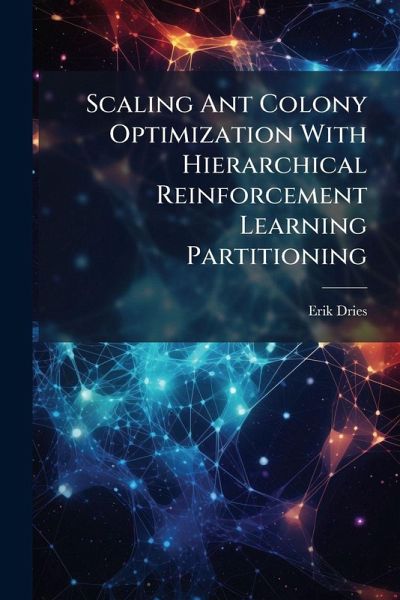
Scaling Ant Colony Optimization With Hierarchical Reinforcement Learning Partitioning
Versandkostenfrei!
Versandfertig in über 4 Wochen
15,99 €
inkl. MwSt.
Weitere Ausgaben:

PAYBACK Punkte
8 °P sammeln!
This research merges the hierarchical reinforcement learning (HRL) domain and the ant colony optimization (ACO) domain. The merger produces a HRL ACO algorithm capable of generating solutions for both domains. This research also provides two specific implementations of the new algorithm: the first a modification to Dietterich's MAXQ-Q HRL algorithm, the second a hierarchical ACO algorithm. These implementations generate faster results, with little to no significant change in the quality of solutions for the tested problem domains. The application of ACO to the MAXQ-Q algorithm replaces the rei...
This research merges the hierarchical reinforcement learning (HRL) domain and the ant colony optimization (ACO) domain. The merger produces a HRL ACO algorithm capable of generating solutions for both domains. This research also provides two specific implementations of the new algorithm: the first a modification to Dietterich's MAXQ-Q HRL algorithm, the second a hierarchical ACO algorithm. These implementations generate faster results, with little to no significant change in the quality of solutions for the tested problem domains. The application of ACO to the MAXQ-Q algorithm replaces the reinforcement learning, Q-learning and SARSA, with the modified ant colony optimization method, Ant-Q. This algorithm, MAXQ-AntQ, converges to solutions not significantly different from MAXQ-Q in 88% of the time. This research then transfers HRL techniques to the ACO domain and traveling salesman problem (TSP). To apply HRL to ACO, a hierarchy must be created for the TSP. A data clustering algorithm creates these subtasks, with an ACO algorithm to solve the individual and complete problems. This research tests two clustering algorithms, k-means and G-means. This work has been selected by scholars as being culturally important, and is part of the knowledge base of civilization as we know it. This work was reproduced from the original artifact, and remains as true to the original work as possible. Therefore, you will see the original copyright references, library stamps (as most of these works have been housed in our most important libraries around the world), and other notations in the work. This work is in the public domain in the United States of America, and possibly other nations. Within the United States, you may freely copy and distribute this work, as no entity (individual or corporate) has a copyright on the body of the work. As a reproduction of a historical artifact, this work may contain missing or blurred pages, poor pictures, errant marks, etc. Scholars believe, and we concur, that this work is important enough to be preserved, reproduced, and made generally available to the public. We appreciate your support of the preservation process, and thank you for being an important part of keeping this knowledge alive and relevant.



